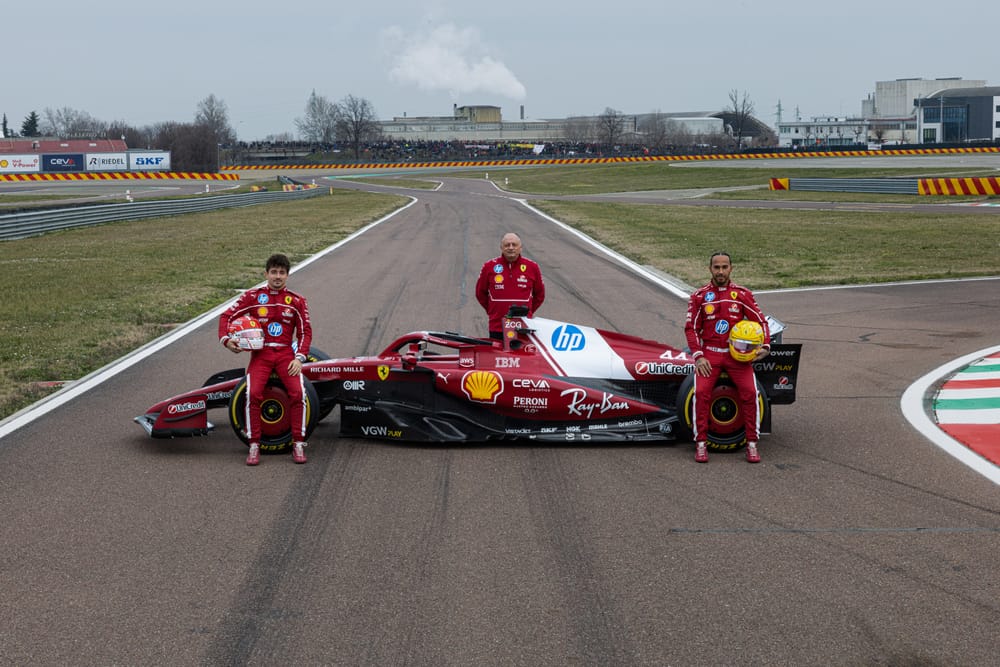Delivering a platform that does everything to help a driver feel confidence in their car has proved to be a critical element of the current generation of ground effect Formula 1 machinery.
The extra ride height sensitivities and ability to deal with a car whose downforce and balance changes through the many phases of a corner means a driver has to be totally at one with their challenger if they are going to get the maximum out of it.
What makes a driver get into that happy place involves an awful lot of elements that can be fine-tuned, but there is one that is fixed from the moment the car is signed off by the technical department: cockpit position.
Where the cockpit sits in relation to the front wheels is important for two reasons.
There are aerodynamic motivations based on controlling the wake off the front tyres and how they interact with the leading edge of the underfloor, and there is also an aspect of how it influences the driver's feel of what the car is doing.
Cockpit position became a big focal point for Lewis Hamilton at Mercedes over recent years, as he notably felt in the first two seasons of this latest ground effect era that things were not ideal for him.
Speaking at the start of 2023 (the graphic below compared the top four teams in 2023), he said: “I don't know if people know, but we sit closer to the front wheels than all the other drivers.
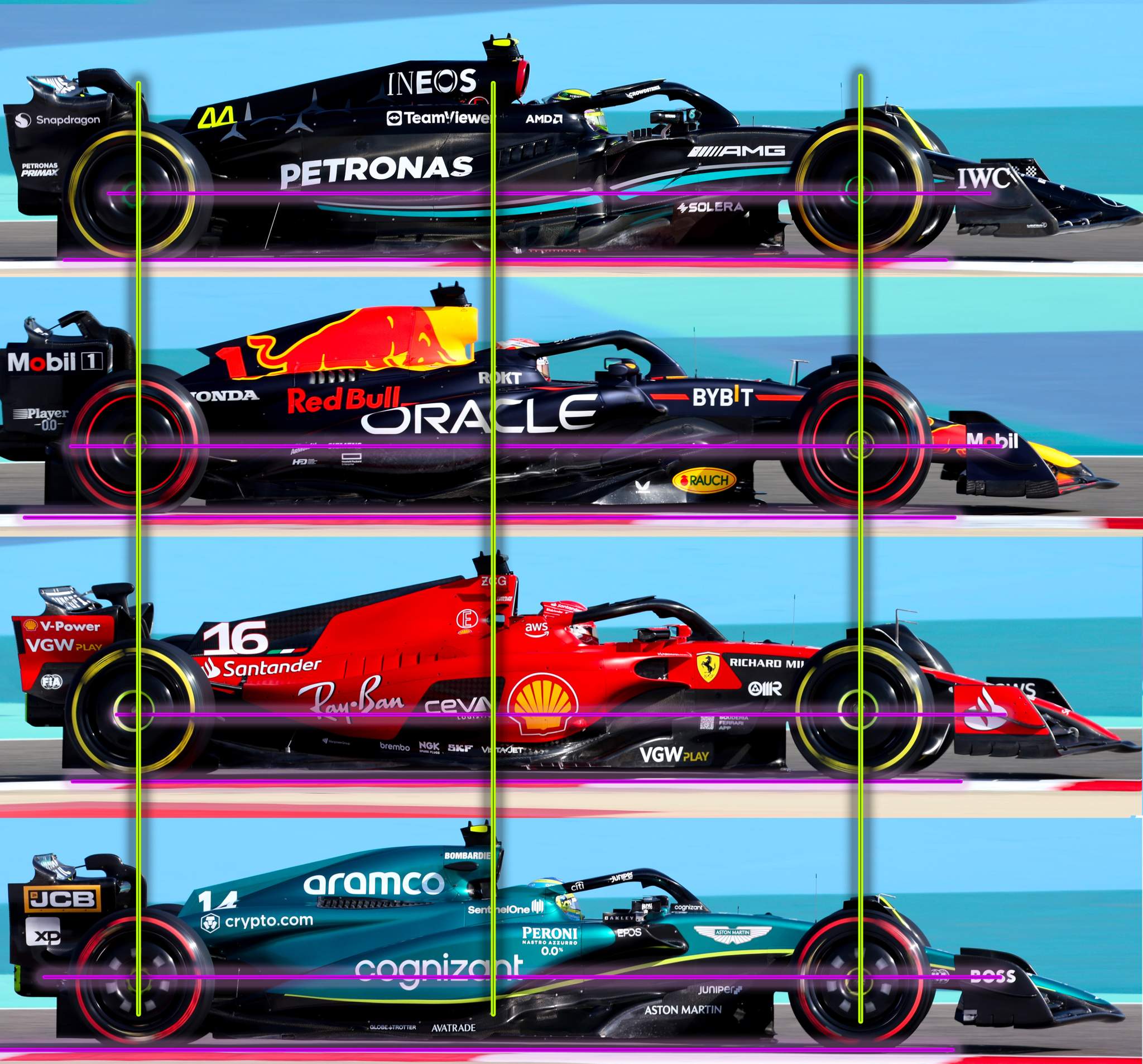
“Our cockpit is too close to the front. When you're driving, you feel like you're sitting on the front wheels, which is one of the worst feelings to feel when you're driving a car.
"What that does is it really changes the attitude of the car and how you perceive its movement. It makes it harder to predict compared to when you're further back and you're sitting closer, more centre. It's just something I really struggle with."
Mercedes did make tweaks for last season that helped partially alleviate that feeling for Hamilton - although the team felt the issue became a bigger talking point than it deserved to be.
Technical director James Allison felt that Hamilton’s complaints about the lack of feel from the cockpit were the symptom of an ill-handling car, not the cause of it.
“If we could fix that [instability] properly, the only part of Lewis's seating position that he would still dislike is that he sees a bit less of the corner apex because he's a bit nearer the tyre than if he was a bit further back,” explained Allison last year.
“But the actual seating position itself is not giving rise to a perceptual issue that makes it hard for him to detect how to handle the car.
“Possibly, if he was sitting exactly where he wanted, he might be able to drive a truculent thing with slightly more precision. But the issue there is get rid of the truculent thing, not optimise his seating position to handle something that isn't good."
A change at Ferrari
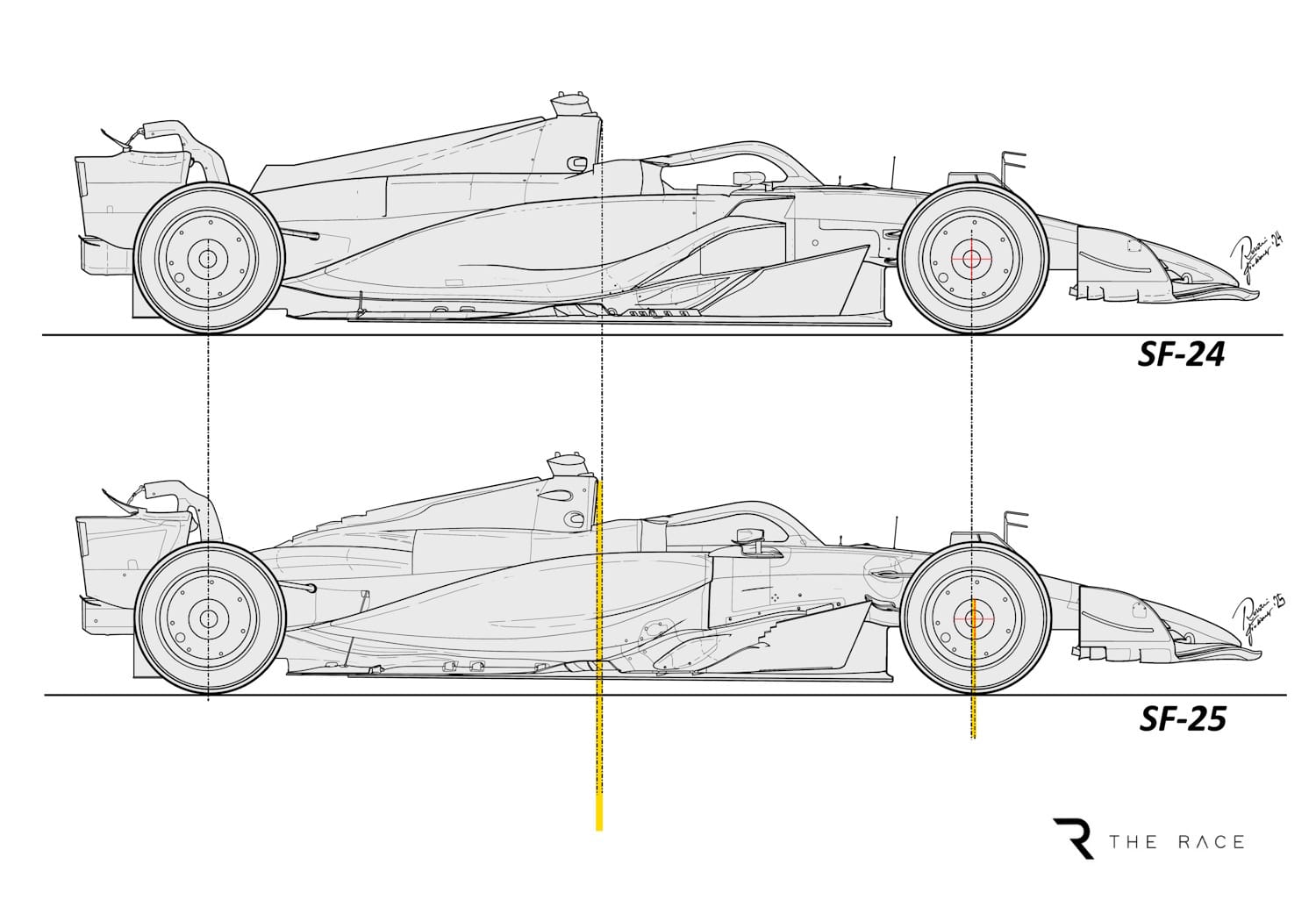
As Hamilton arrives at Ferrari, he will be happy to have found that one of the team's changes for 2025 was increasing the distance between the cockpit and the front wheels – moving it in a direction he feels is better.
It is understood that the distance between the front axle and the cockpit has been increased by around 2.5cm, with the gearbox casing having been shortened to help keep the car within the maximum permitted wheelbase.
As Gary Anderson explains, the change has likely been pursued for obvious technical reasons, but it is one that coincidentally suits Hamilton.
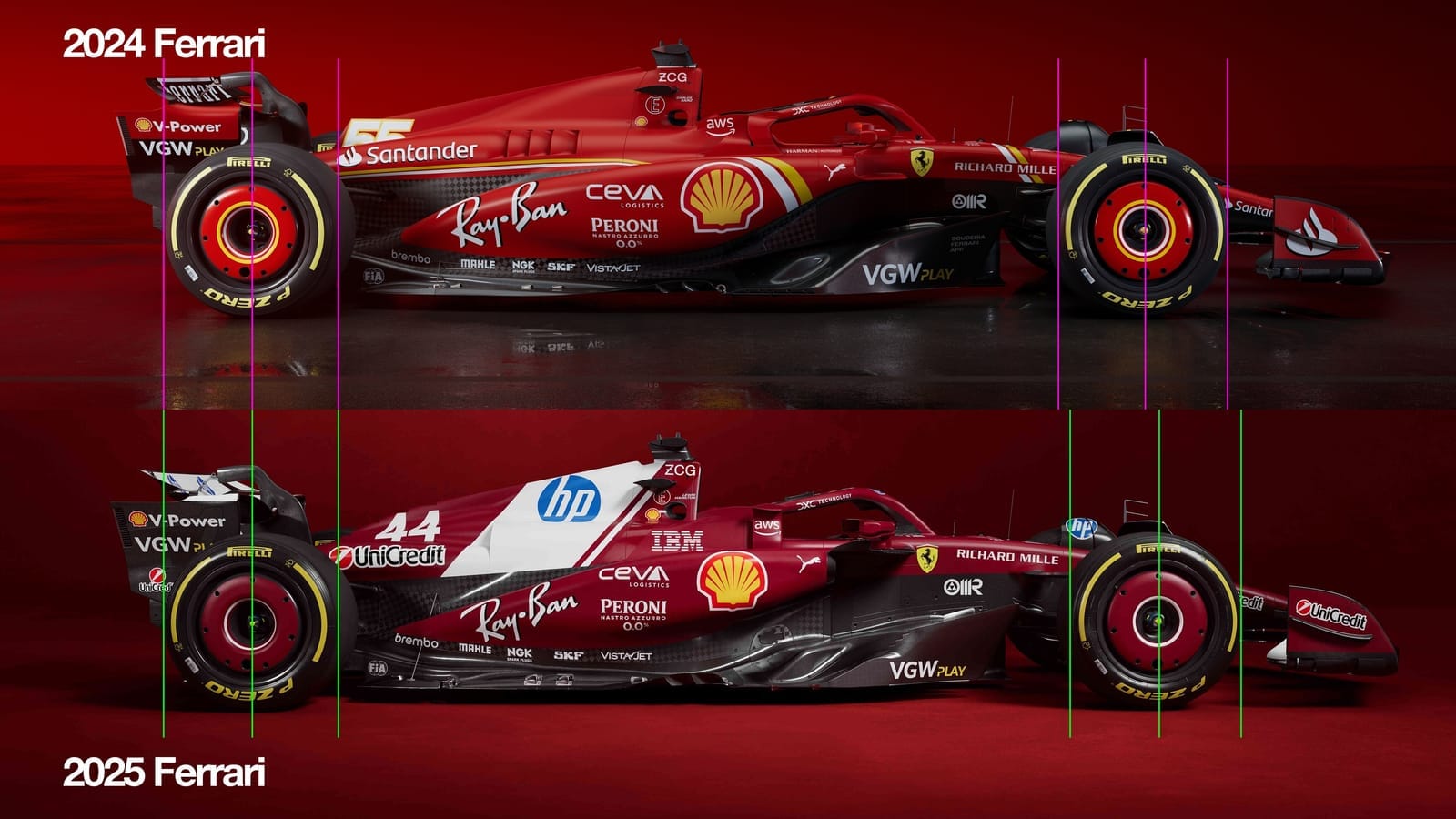
"It looks like they have slightly lengthened the wheelbase by moving the front wheels forward," Gary says.
"This creates more space between the sides of the chassis and the inner wheel fairing, also the front of the sidepod and the wheel.
"This offers a better opportunity to control the front wheel wake reducing its negative effect on the leading edge of the underfloor.
"It has probably been done to help when packaging the pull-rod front suspension together with all the pedals and brake master cylinders, but it also means the driver is just that little bit further away from the front axle.
"The distance change may be as little as 2.5cm, which in reality is not much, but after the cockpit position emerged as one of Hamilton’s gripes at Mercedes, it could be enough to help move things in a better direction for him."
Want more from Gary Anderson? Join The Race Members' Club on Patreon for early access to many of his articles and ad-free episodes of his and Edd Straw's The Race F1 Tech Show podcast - there's 90% off your first month right now
The need for more space
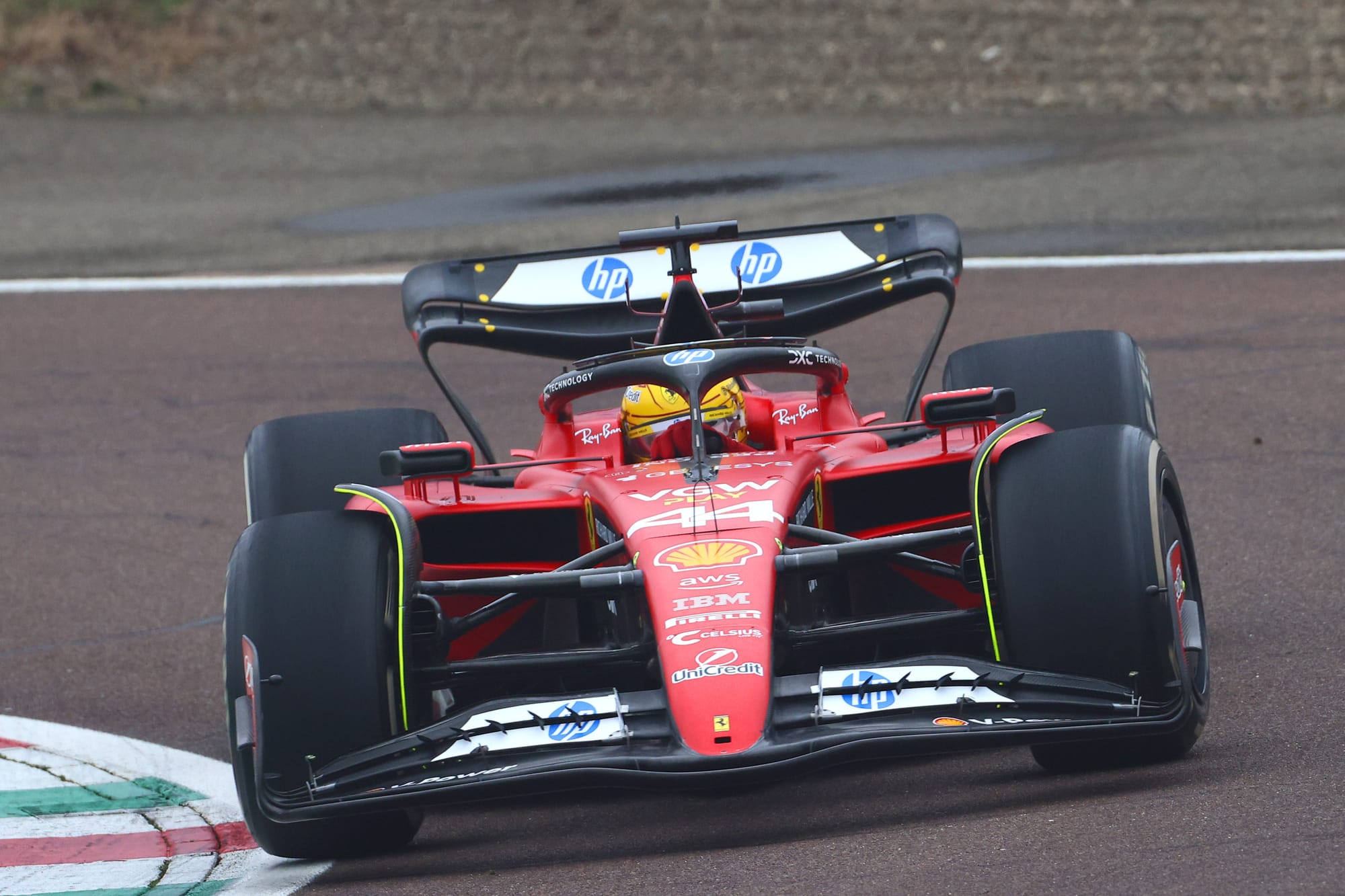
Ferrari itself has explained that the change in position between the front wheels and the cockpit is all about finding extra space that can then be exploited by the team’s aerodynamicists.
As chassis technical director Loic Serra explained: "It was incredibly more and more difficult to develop the car performance, so we had to sort of find space to boost the development curve."
However, no matter what the team comes up with at the factory, the role of the driver – in being able to offer a clear direction on where things need to be improved – stands above everything else.
So get them comfortable and in a happy place, such as with a cockpit position that suits them, then progress follows.
"One of the most important aspects of the driver feedback on the car is effectively describing the limitation of the car on track and describing what it needs to go faster," added Serra.
"Most of the development nowadays is done virtually, and the virtual is not the real. So development of what do we need to do to make the car faster, which is pretty much mainly what the human can describe, this is where we can extract the most from the driver itself."


